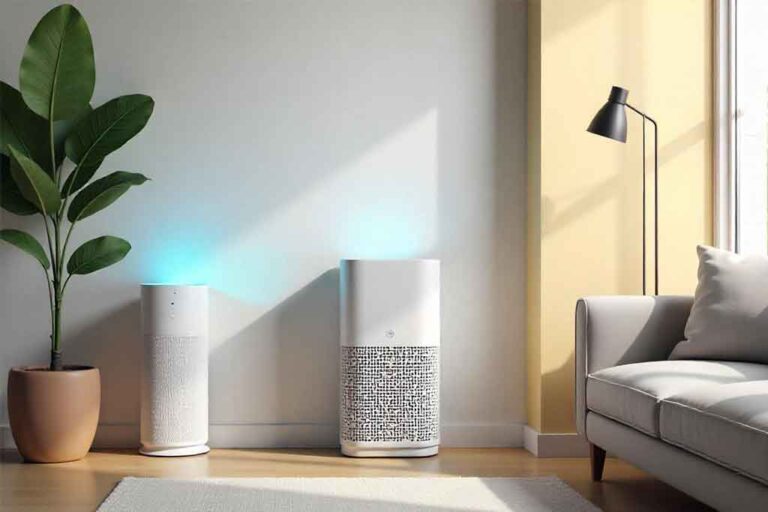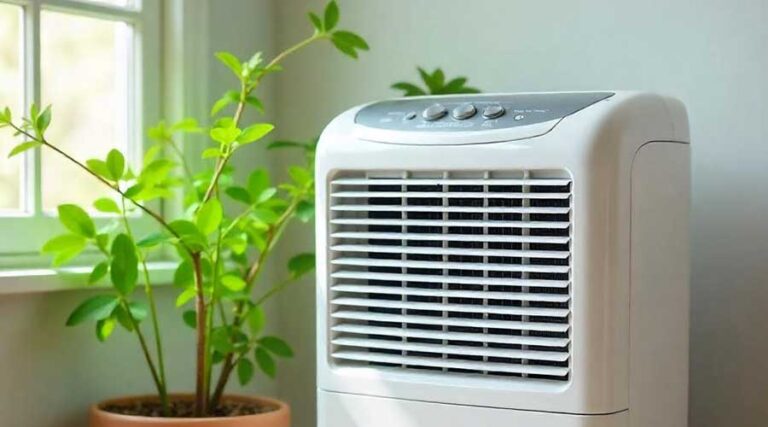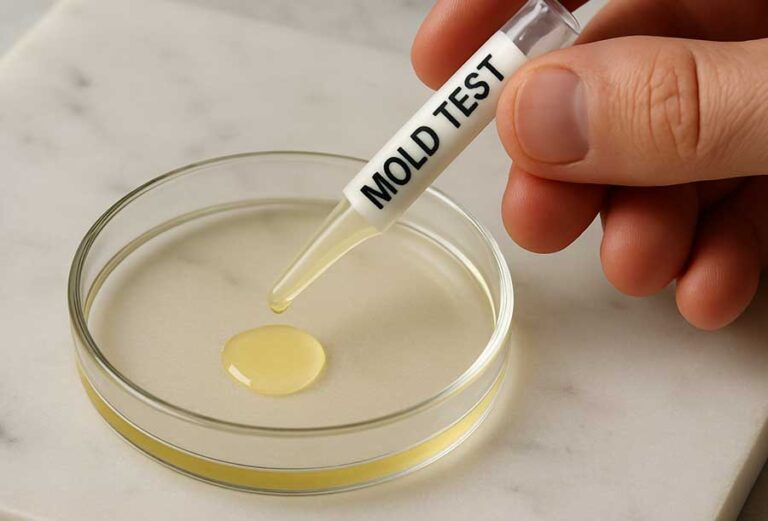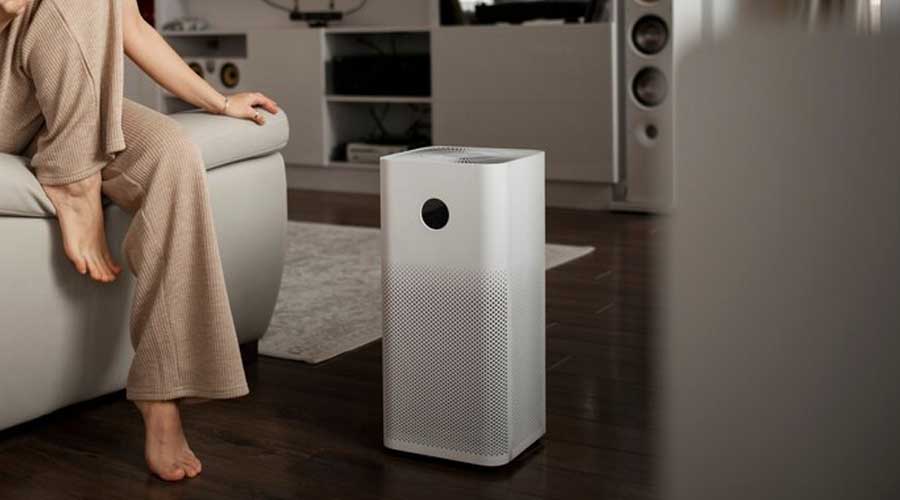
If you’ve ever dealt with damp basements, sticky summer air, or moldy smells, you’ve probably heard about dehumidifiers. But what exactly are they, and how do they work? Let’s break it down in simple terms!
What is a Dehumidifier?
A dehumidifier is a machine that acts like a “moisture vacuum” for your home. It sucks in humid air, removes the water from it, and blows back drier air. Think of it as a superhero fighting mold, mustiness, and water damage!
What Does a Dehumidifier Do?
Here’s the step-by-step magic:
- Sucks in air: A fan pulls damp air into the machine.
- Cools the air: The air passes over cold coils, turning moisture into water droplets (like sweat on a cold glass).
- Collects water: Drips go into a tank or drain hose.
- Blows dry air back: The dried air is warmed slightly and released.
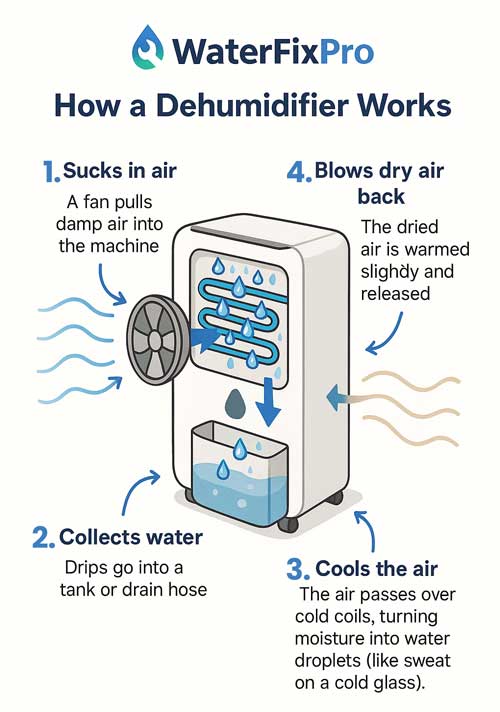
Result: Less humidity, fewer mold spores, and a fresher home!
What is a Dehumidifier Used For?
| Common Uses | Why It Helps |
|---|---|
| Preventing mold | Mold loves dampness—dehumidifiers starve it! |
| Drying wet areas | Speeds up drying after leaks, floods, or spills. |
| Reducing allergies | Dust mites and mold hate dry air. |
| Protecting belongings | Stops photos, books, or furniture from warping. |
| Improving comfort | No more sticky “swamp air” in summer! |
Fun Fact: Dehumidifiers are used in museums to protect priceless art from humidity damage! 🖼️
See The Best Dehumidifier for Basement in 2025
What Size Dehumidifier Do I Need?
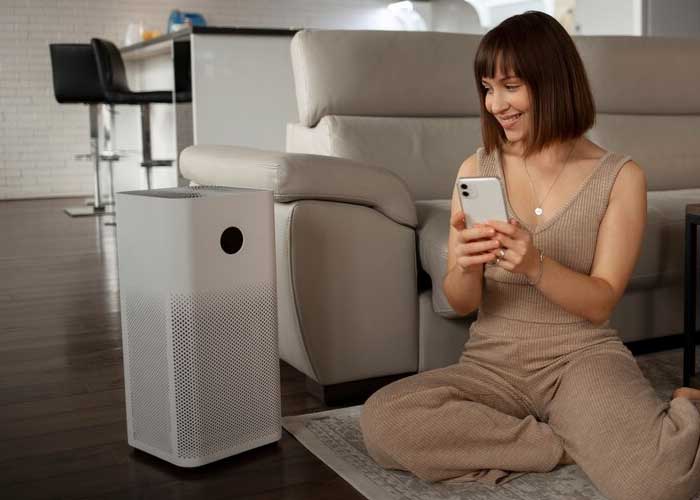
Picking the right size depends on two things: room size and moisture level.
| Room Size (sq. ft.) | Capacity (Pints/Day) | Best For |
|---|---|---|
| Small (500–1,500) | 10–30 | Bedrooms, bathrooms |
| Medium (1,500–2,500) | 30–50 | Living rooms, basements |
| Large (2,500+) | 50–70+ | Big basements, open floors |
Extra Tips:
- Damp vs. Wet: Add 10 pints if the room feels damp (musty smell) or 20+ pints if it’s soaked (visible water).
- Climate: Humid states (like Florida) need bigger units.
Does a Dehumidifier Help With Mold?
YES… but with a catch!
- Prevents mold: By keeping humidity below 50%, dehumidifiers stop mold from growing.
- Doesn’t kill mold: Existing mold needs professional cleaning (bleach won’t cut it!).
Pro Tip: Pair a dehumidifier with good airflow (fans/open windows) for best results!
Humidifier vs. Dehumidifier: What’s the Difference?
They’re total opposites!
| Feature | Humidifier | Dehumidifier |
|---|---|---|
| Job | Adds moisture to dry air | Removes moisture from damp air |
| Best For | Dry winters, sore throats | Damp basements, mold prevention |
| Water Use | Releases mist | Collects water in a tank |
| Example | Fixes “desert air” 🌵 | Fixes “swamp air” 🐊 |
Fun Fact: Using a humidifier in a moldy room is like pouring gas on a fire! 🔥
Dehumidifier FAQs
- Do dehumidifiers use a lot of electricity?
- Modern energy-efficient models cost about 0.10–0.10–0.20/day to run.
- How often should I empty the tank?
- Daily for small tanks (10–20 pints). Use a drain hose for hands-free drying!
- Can I use it in winter?
- Yes! Cold rooms get damp too (use a low-temperature model).
Conclusion
Dehumidifiers are a game-changer for battling humidity, mold, and musty smells. Whether you’re drying a flooded basement or just want comfier air, picking the right size and type makes all the difference. And remember: dehumidifiers subtract moisture, humidifiers add it—mixing them up could turn your home into a science experiment gone wrong!
Got a damp problem? Grab a dehumidifier and breathe easy! 💧
